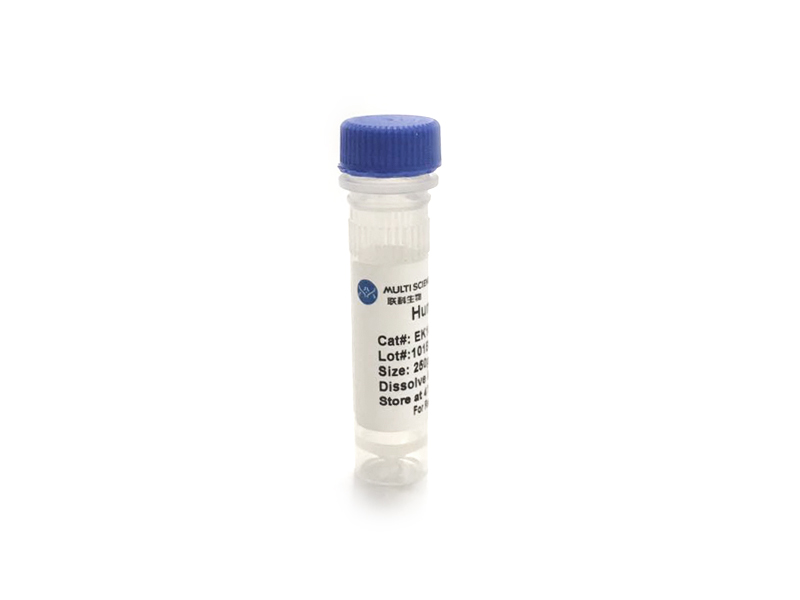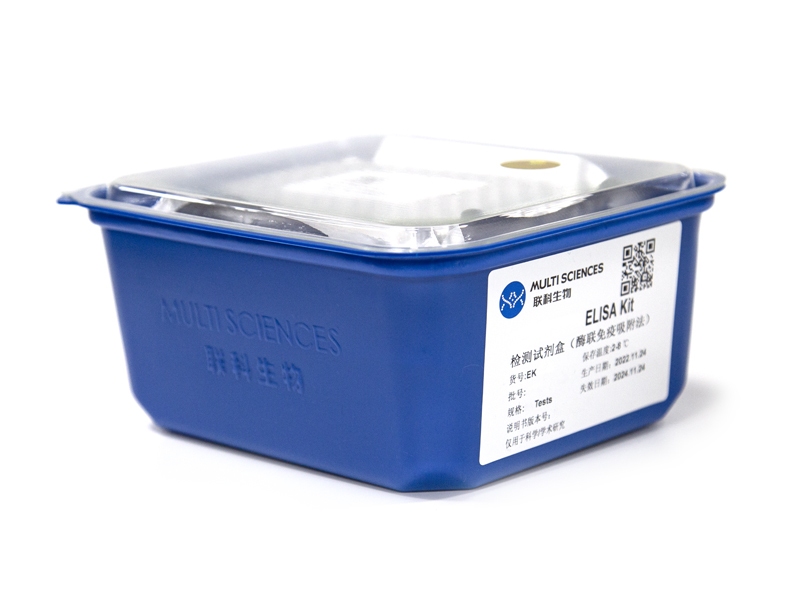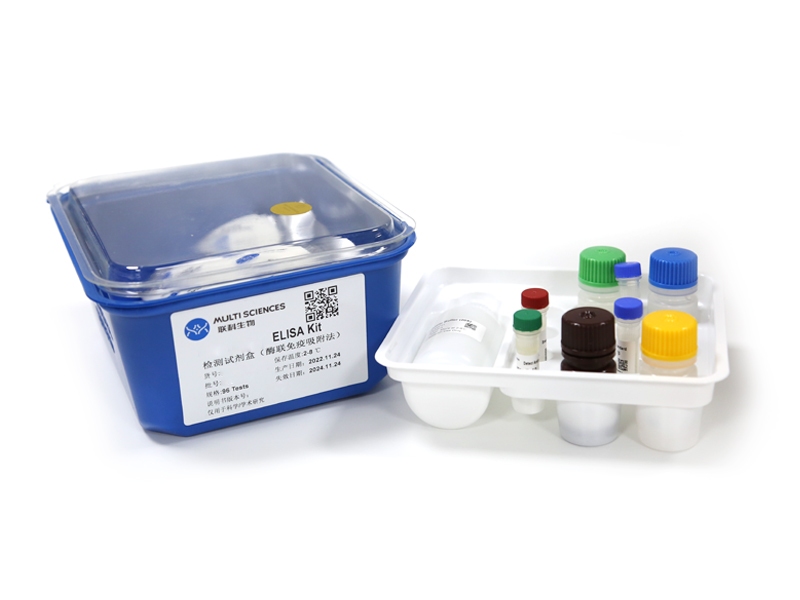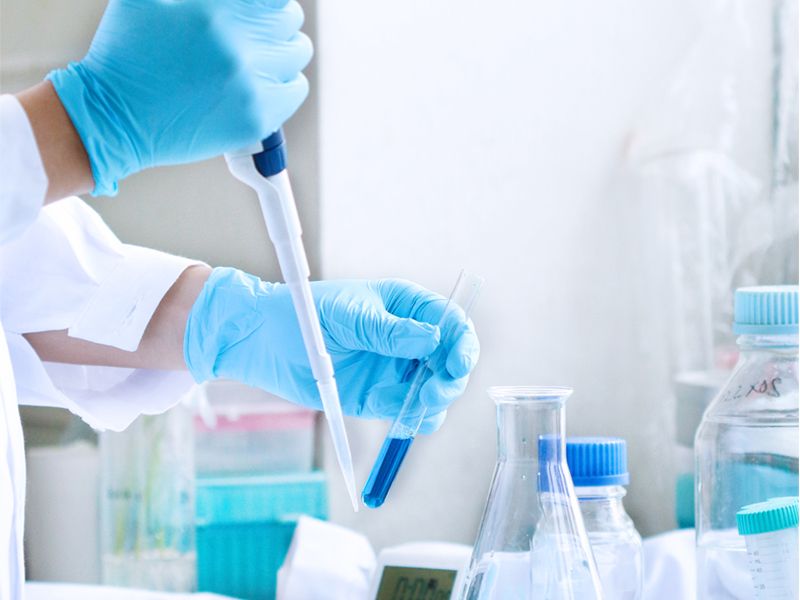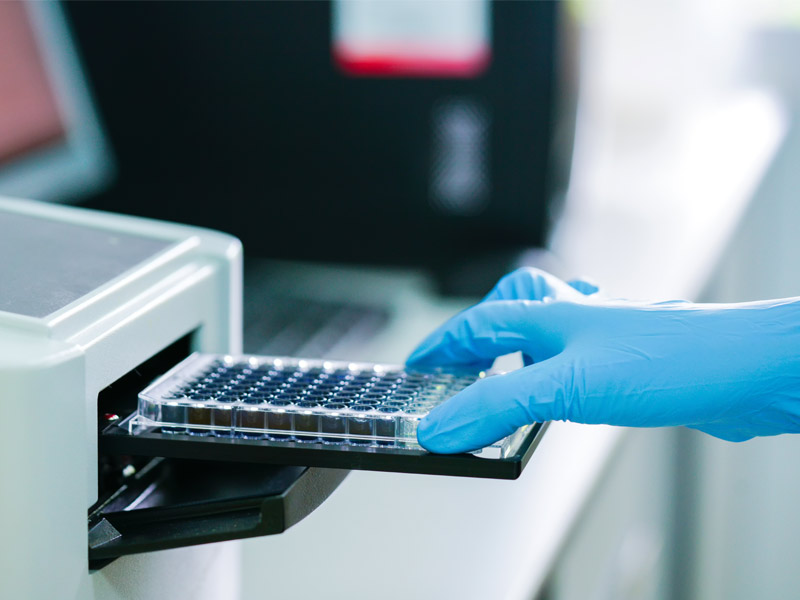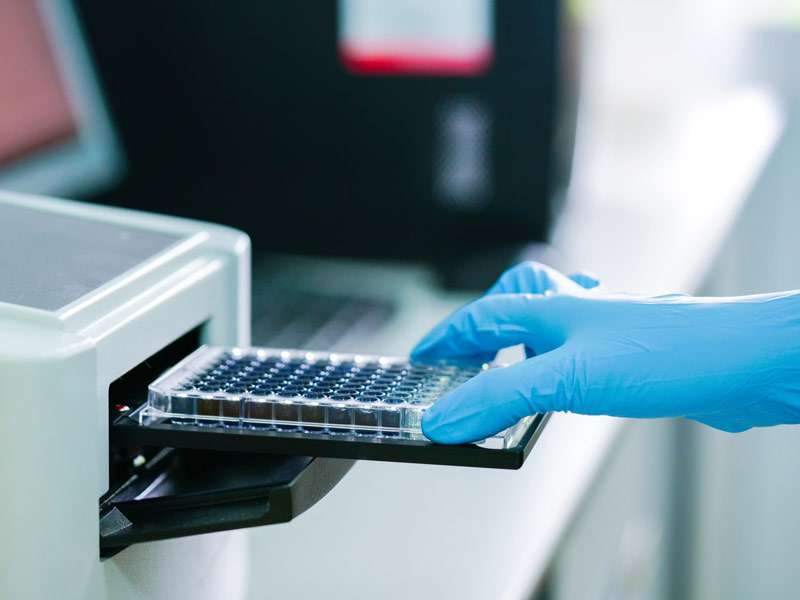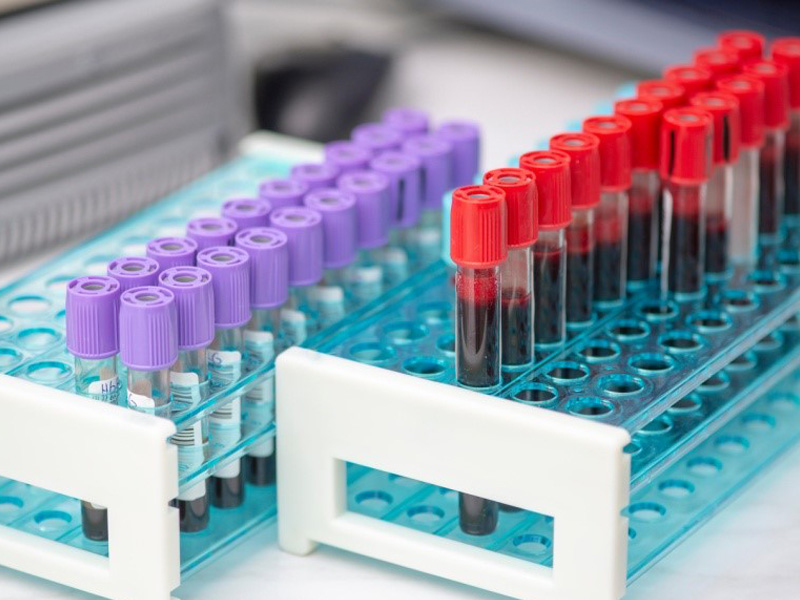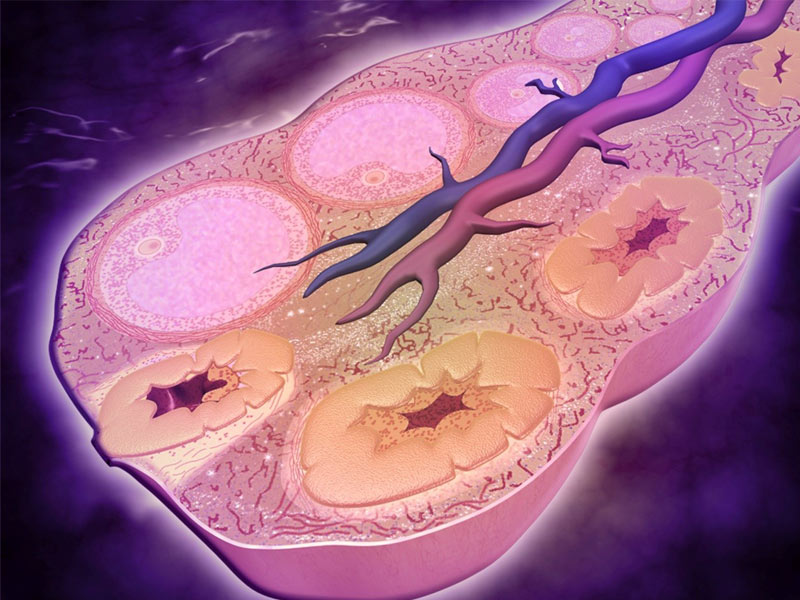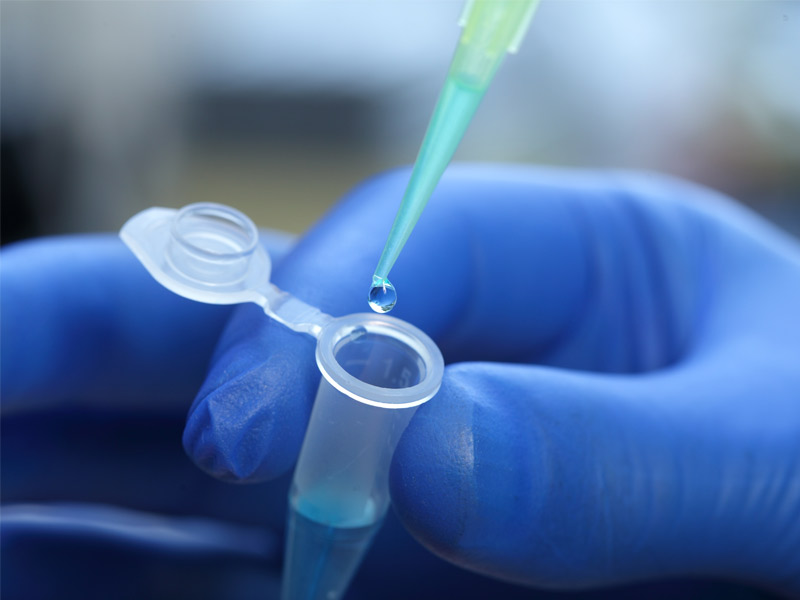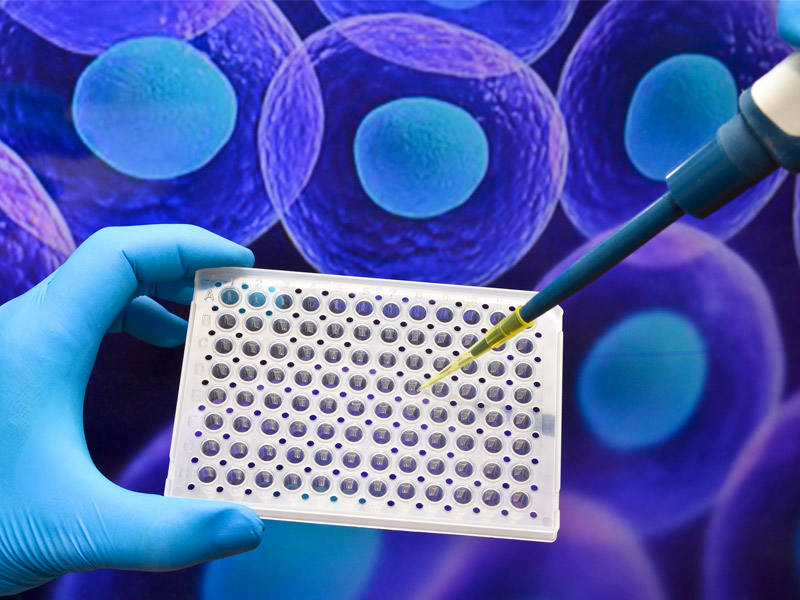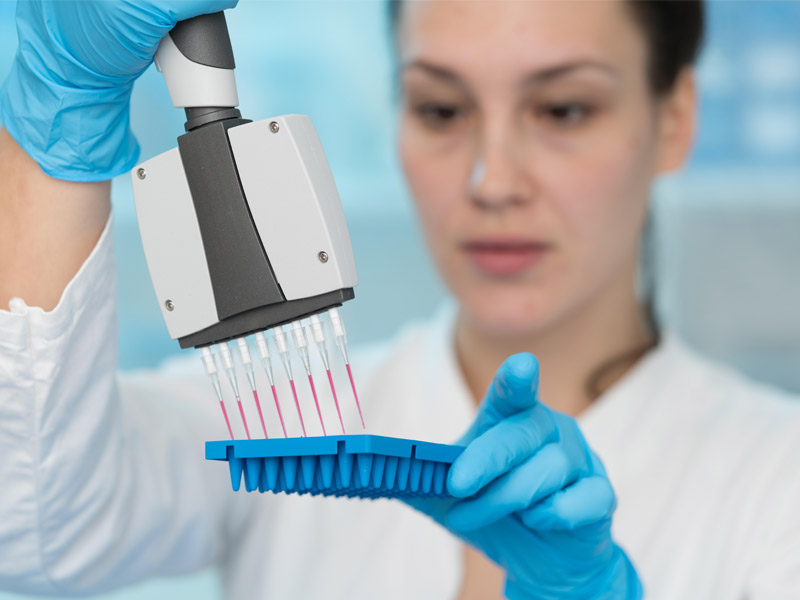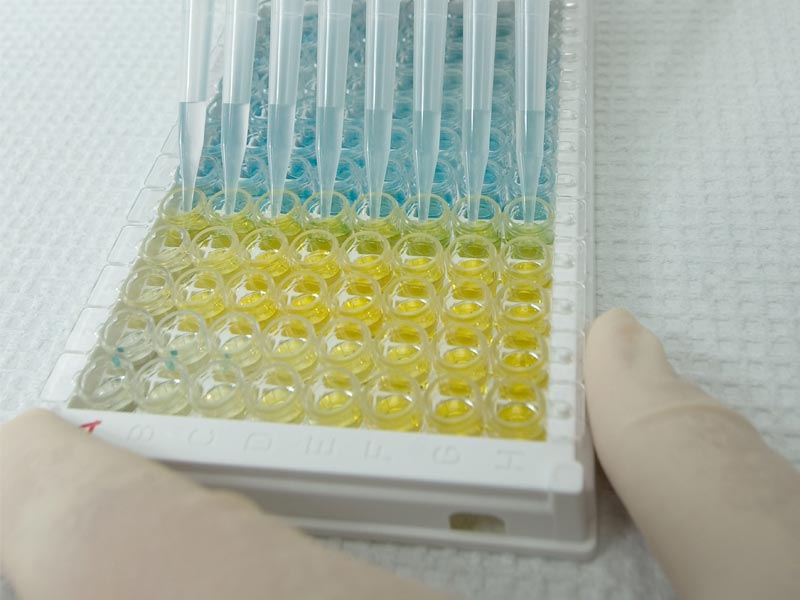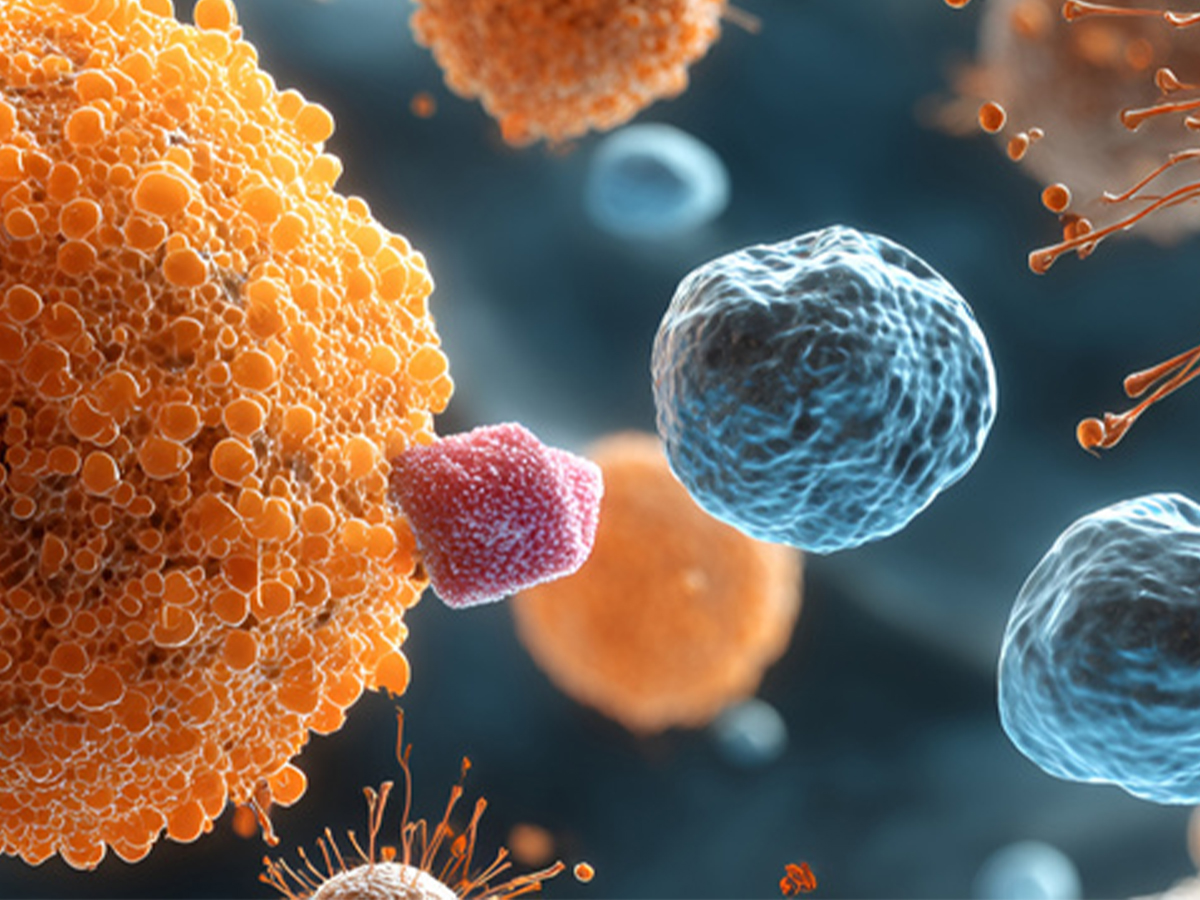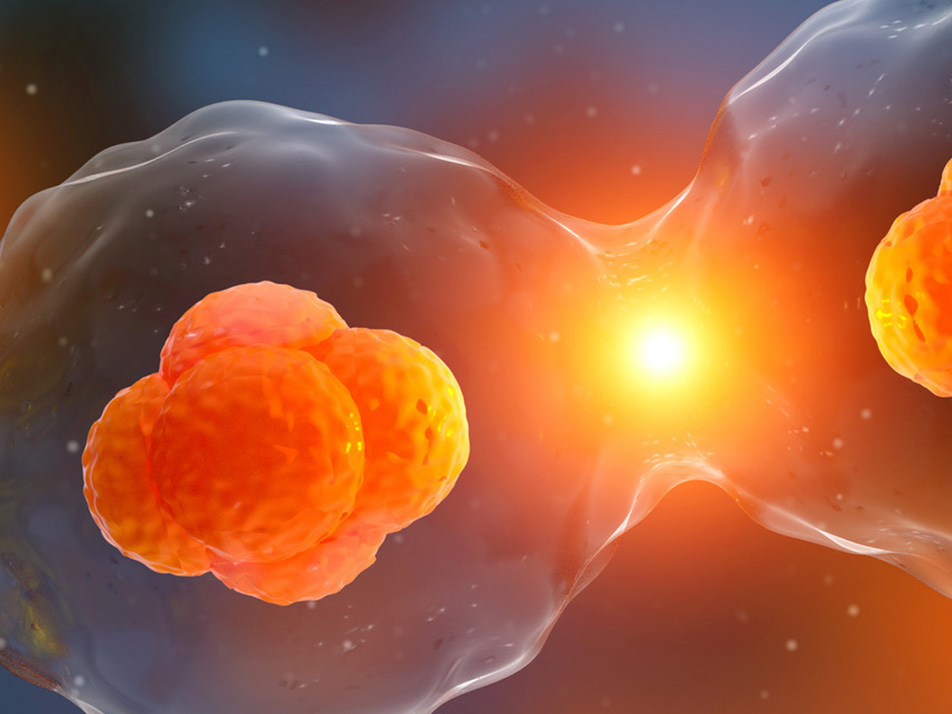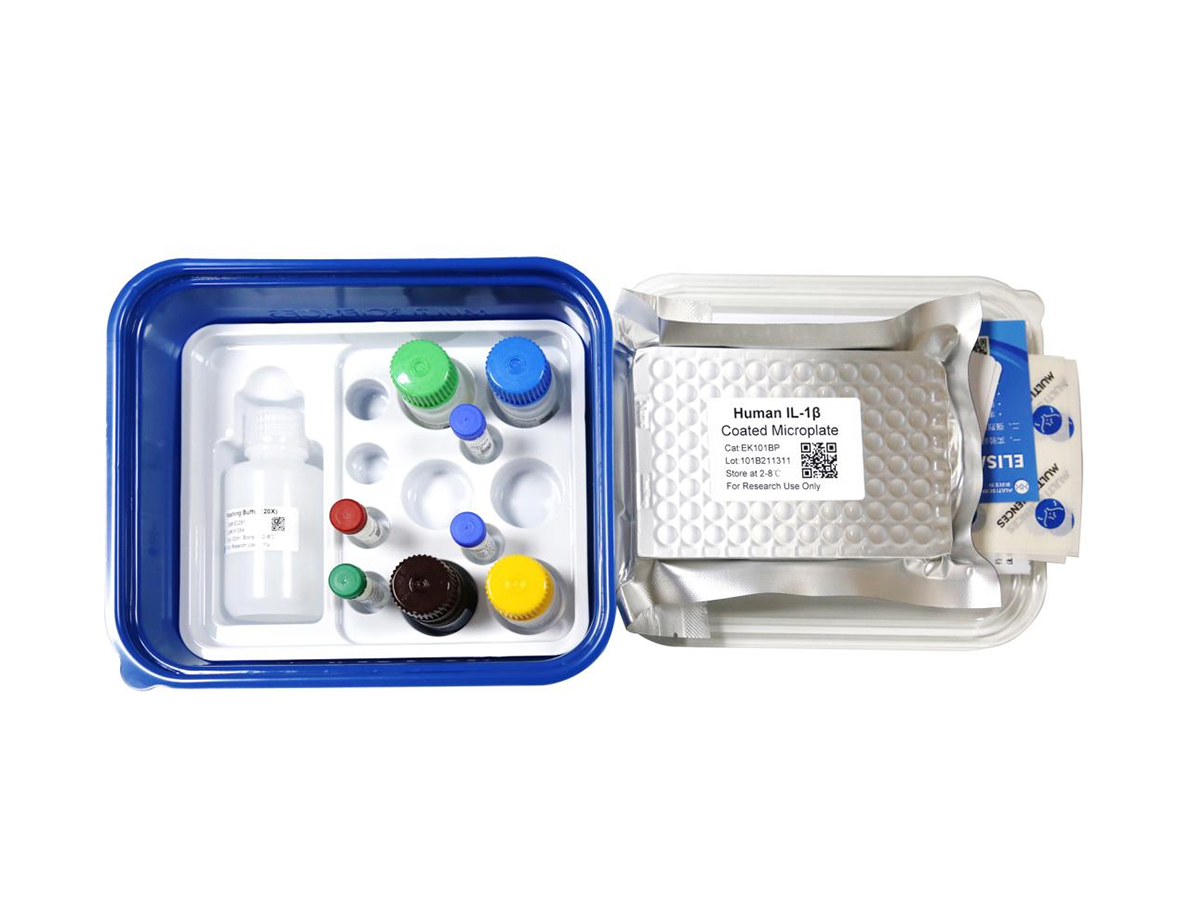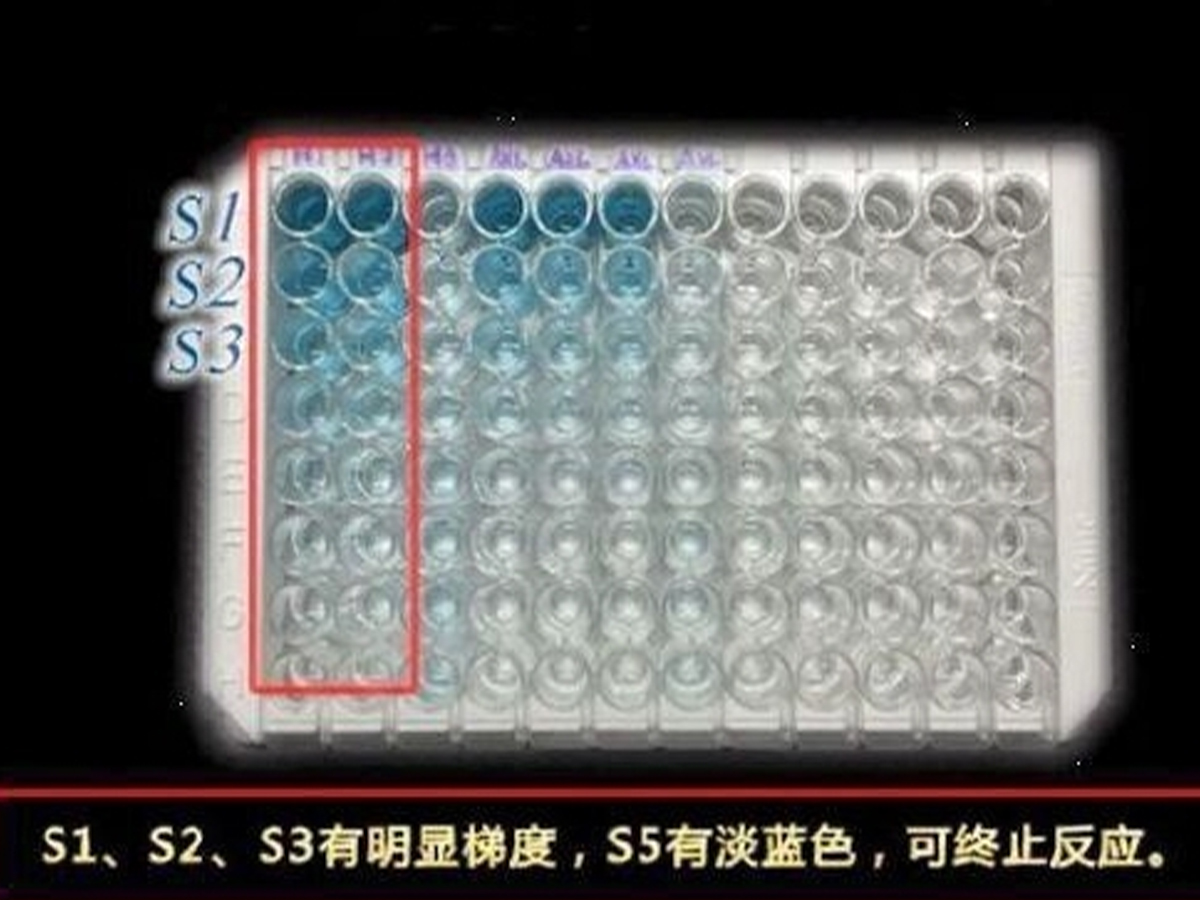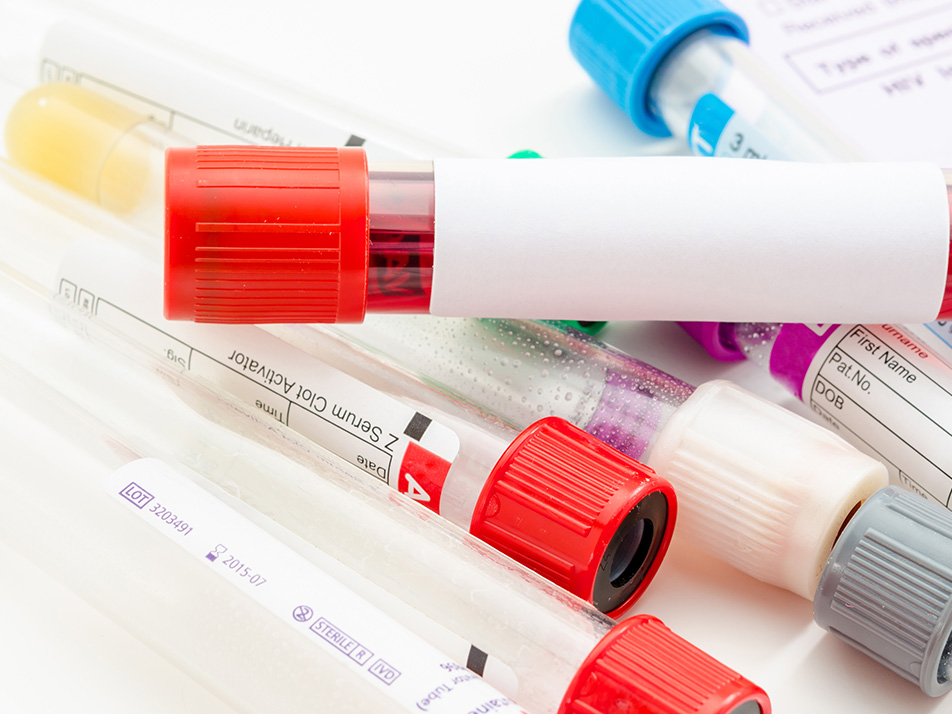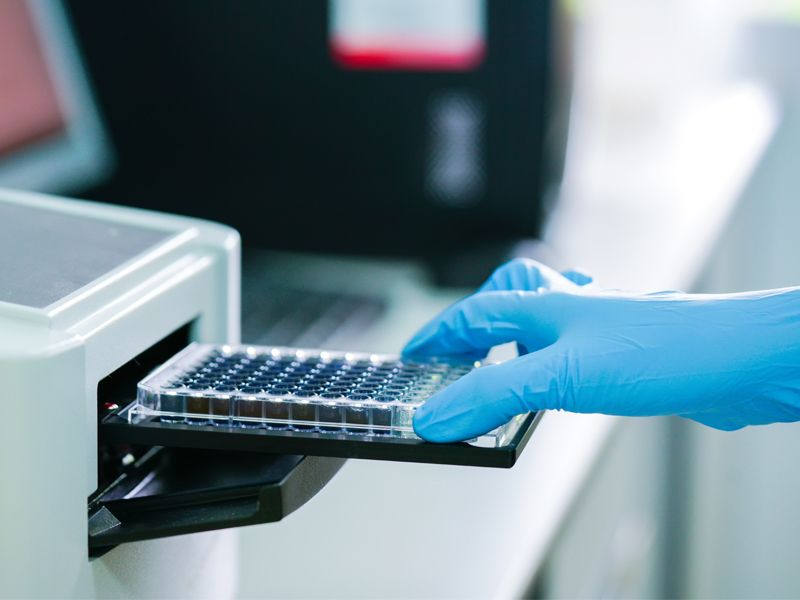Human CCL5/RANTES Standard (人趋化因子配体5 标准品)
¥180.00
文章目录[隐藏]
本产品只包含标准品试剂,如需购买试剂盒请点击下图
-
- EK1129
- ELISA试剂盒
Human CCL5/RANTES ELISA Kit检测试剂盒(酶联免疫吸附法)
- ¥1,600.00 – ¥2,650.00
| 商品名 |
Human CCL5/RANTES Standard (人趋化因子配体5 标准品) |
|---|---|
| 组分 |
人CCL5/RANTESA 标准品 |
| 板式 |
管 |
| 保存 |
短期4℃,长期-20℃保存 |
| 运输条件 |
4℃蓝冰运输 |
分子信息
CCL5 分子靶点信息概述
- 分子名:CCL5, C-C motif chemokine ligand 5
- 基因家族:Chemokine ligands
- 别名:RANTES; SISd; TCP228; MGC17164
- 曾用名:D17S136E; SCYA5
- 全称:T-cell specific protein p288; T-cell specific RANTES protein; SIS-delta; regulated upon activation, normally T-expressed, and presumably secreted; beta-chemokine RANTES; small inducible cytokine subfamily A (Cys-Cys), member 5; small inducible cytokine A5 (RANTES); chemokine (C-C motif) ligand 5
CCL5 分子靶点综述
趋化因子配体5(CCL5),又名RANTES,是一种趋化细胞因子。它可趋化T细胞、嗜酸性粒细胞和嗜碱性粒细胞,在招募白细胞到炎症位点发挥着积极的作用。在T细胞释放的细胞因子如IL-2和IFN-γ的帮助下,CCL5可诱导某些自然杀伤细胞(NK)增殖和活化形成CC趋化因子活化的杀伤(CHAK)细胞。CCL5也是一种由CD8+T细胞释放的HIV抑制因子。最近,研究者正在开发完善乳酸菌体内产生CCL5的方案,以期其成为抑制HIV进入的局部杀菌剂。
人 Human CCL5 分子靶点信息
- 分子名:CCL5, C-C motif chemokine ligand 5
- 别称:
- beta-chemokine RANTES
- C-C motif chemokine 5
- chemokine (C-C motif) ligand 5
- D17S136E
- eoCP
- eosinophil chemotactic cytokine
- MGC17164
- RANTES
- regulated upon activation, normally T-expressed, and presumably secreted
- SCYA5
- SIS-delta
- SISd
- small inducible cytokine A5 (RANTES)
- small inducible cytokine subfamily A (Cys-Cys), member 5
- small-inducible cytokine A5
- t cell-specific protein P228
- T-cell specific protein p288
- T-cell-specific protein RANTES
- TCP228
- 基因序列:NCBI_Gene: 6352
- 蛋白序列:UniProtKB: P13501
人 Human CCL5靶点分子功能(预测)
Enables several functions, including enzyme activator activity; phosphatidylinositol phospholipase C activity; and signaling receptor binding activity. Involved in several processes, including cellular response to cytokine stimulus; positive regulation of cell migration; and positive regulation of cell-cell adhesion. Acts upstream of or within positive regulation of T cell migration. Predicted to be located in cytoplasm. Predicted to be active in extracellular space. Implicated in several diseases, including hepatitis B; hepatitis C; liver disease (multiple); pulmonary tuberculosis; and severe acute respiratory syndrome. Biomarker of several diseases, including fatty liver disease (multiple); glucose metabolism disease (multiple); hypertension (multiple); liver cirrhosis (multiple); and lung disease (multiple).

